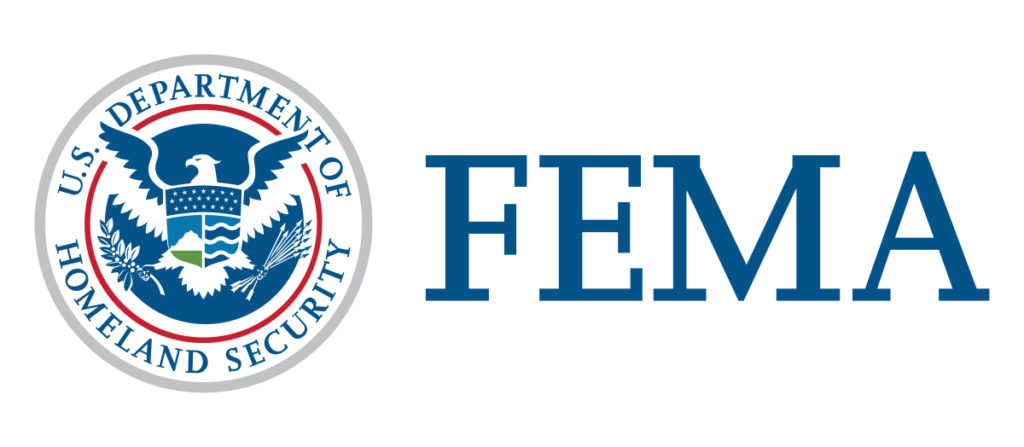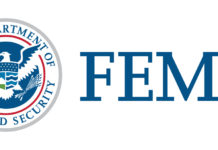By Leader Editor Kara Apel
FEMA has received over 120,000 applications in just eight days after allowing families to begin registering for its financial assistance program for funeral-related expenses stemming from COVID-19 deaths.
Matthew Redding, deputy director for FEMA’s Individual Assistance Division, spoke with multiple news organizations on Wednesday afternoon to share updates on the program.
Redding said the agency has never operated a program of this scale before and that it was designed with “empathy, compassion, speed, and effectiveness.”
He said some of the program’s earliest outreach involved contacting funeral directors who gave a “warm reception” to the news. Many funeral directors have expressed their questions about FEMA and the application process so they can better guide families through the process.
Kara Apel, Editor of The Leader, asked Redding if FEMA will be providing any special resources, such as a phone line or a specific email address that deathcare professionals can use to directly reach FEMA.
“We continue to engage at the national level with webinars and our FEMA.gov webpage has a bunch of frequently asked questions for that. The YouTube video that we distributed through and by some of our webinar contacts at the national level with funeral directors and cemetery operators and so forth — that is a good, stable resource for people to use, and we are answering requests for information and questions on the technical side as well, given our stakeholder contacts,” Redding said. “We do anticipate some changes in engagement, and we use our frequently asked questions as a means to do that so that the deathcare community is able to have ready and able resources to help guide people through the process.”
Update on the Call Volume
On the first day of the application program period, FEMA received over 1 million calls, which led to technical issues for many callers. Since then, the agency has increased the number of agents who are taking calls. Redding said the agency quickly expanded its phone line capacity, and by the third day of operations, callers were able to get through more easily. He said callers are not receiving busy signals anymore and that the average pickup time of each call is about 3 seconds.
FEMA previously released this statement on the high call volume:
“We recognize the frustration this brings to people who have already dealt with so much and are working to ensure every person who needs to file an application can do so as easily as possible. Using a call center guarantees that applicants already experiencing loss and grief can speak to people who are specifically trained to walk them through the application process. They can also help minimize delays by ensuring callers thoroughly understand the process and any additional steps needed to complete the application.”
In recent days, Redding said the largest number of calls have come from New York, New Jersey, and Texas.
How it Works
Redding confirmed that zero applications have made it all the way through the processing system at this time, meaning that no one has received payment yet.
“A very small portion of the 120,000 registrations have sufficient documents at this point to move them to a case processing,” Redding said.
He declined to answer how long a family can expect to complete the process but did say the agency is hoping the first batch of payments will be received by the end of this week or early next week.
Here is a summary of how Redding described the process:
- An applicant calls the FEMA assistance hotline and speaks to an agent who is trained in empathetic and compassionate care.
- The agent opens a case file and gives the applicant an account number.
- The applicant is then able to upload documents to FEMA’s online database or fax documents to FEMA.
- The applicant must provide all of the documentation that is requested by FEMA.
- The application undergoes a series of validation and documentation checks.
- FEMA’s caseworkers look at the application and may reach out to the applicant via phone call or email to ask follow-up questions.
- Once the case processing reaches a certain level of confidence, financial assistance is granted to the applicant.
Death Certificates
A reporter from a national media outlet said she has spoken with families whose claims were declined, even though their loved one died in 2021.
Redding said this error happened because of the timing of when the legislation was passed. He clarified that any COVID-19-related death after Jan. 20, 2020, and into 2021 and onward is covered by the program since the pandemic is still in full force. He said the agency sends “apologies for some of this confusion.”
Many families have expressed concerns because their loved one’s death certificate does not have COVID-19 listed as the cause of death, particularly for the many people who died at the beginning of the pandemic.
Redding urges families who need to have this information altered to first contact the certifying official whose name is on the death certificate and ask them to amend it. He said FEMA defers to the states for their authority on this matter. If COVID-19 is not listed as the cause of death on the certificate, the family will not be denied upfront for the financial assistance program but will need to get the document updated.
“We are in contact with applicants and registrants and encouraging them to go back to the medical professional who certified the death to amend the death certificate,” Redding said.
Update on Benefits
Many funeral directors have received questions from families wondering if funding from preneed trusts or other burial or funeral insurance coverage can be reimbursed.
“We cannot duplicate that benefit, whether it’s private or another government agency. It’s prevented by our policy regulations and statutes,” Redding said.
Here is FEMA’s official statement on this topic, according to its FAQ page: “Life insurance proceeds are not considered a duplication of Funeral Assistance benefits. However, expenses paid for with burial/funeral insurance, or a pre-paid funeral, are considered a duplication of benefits and therefore, are not eligible for reimbursement under this program.”
Scam Alert
Redding noted that the agency has learned about a recent scheme where scammers are offering “application assistance” to families in exchange for a fee. If callers have any doubts about a call they receive, they are urged to hang up and report it to the FEMA Help Line at 1-800-621-3362 or the National Center for Disaster Fraud at 1-866-720-5721.
FEMA would not disclose the number of fraud cases that are being investigated in connection with its financial assistance program but is stressing that FEMA will not be contacting anyone directly unless the person has already called FEMA or has applied for assistance. It is important to note that FEMA staff may be contacting families after they’ve begun the application process and that these phone calls may come from unidentified numbers.
Why a Phone Hotline?
Although some people may prefer to apply online, Redding said they created a phone hotline because they wanted to lower the technology barrier that would prevent people without access to a computer or smartphone from applying.
Redding confirmed that the agency is reaching out to underserved areas that are the most afected by the pandemic and may be more likely to need assistance.
“If we see moving forward there are gaps in how the program is rolling out, we will reach out to communities that are underserved who are not applying,” he said.
Quick Details on What You Need to Know:
- The hotline is open from 9 a.m. to 9 p.m. EDT from Monday through Friday.
- Families can call 844-684-6333 or TTY: 800-462-7585.
- Multilingual and translation services are available through the helpline.
- At this time, there is no deadline to apply for this assistance.
- Click here for information you can send to families.








